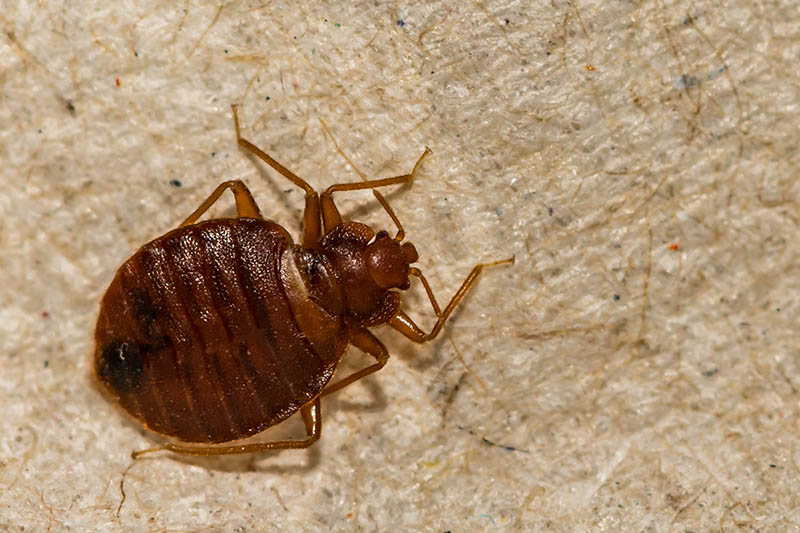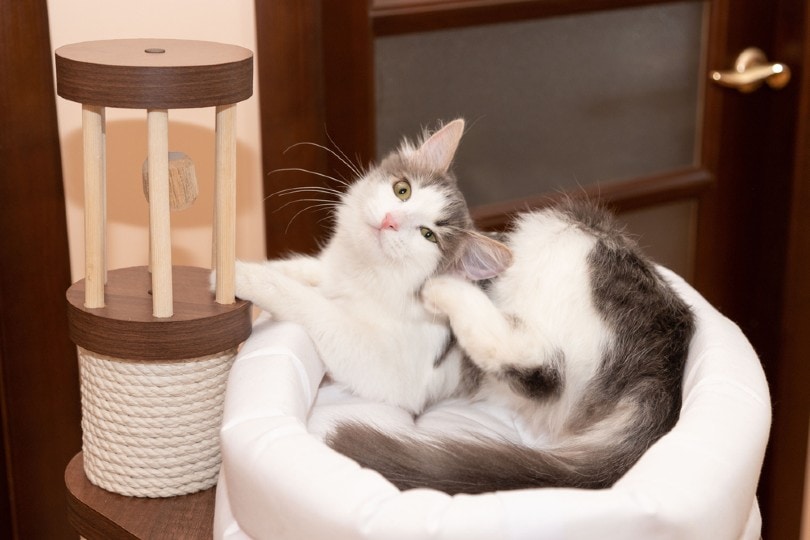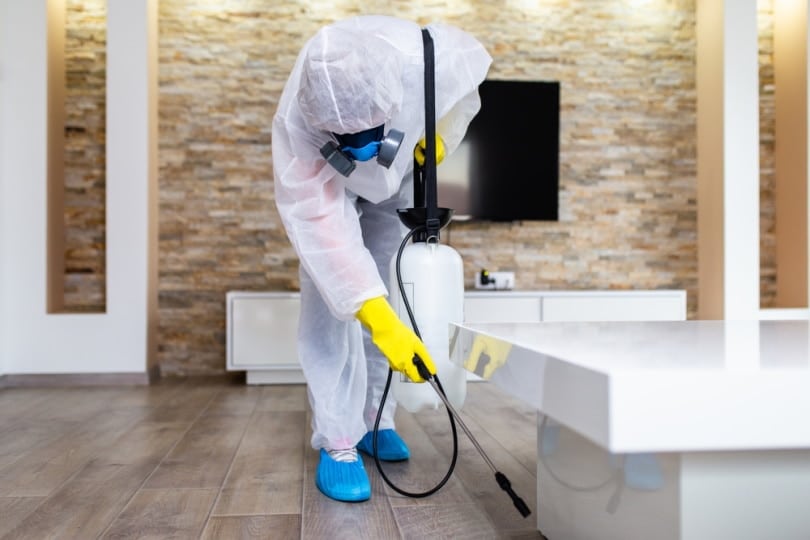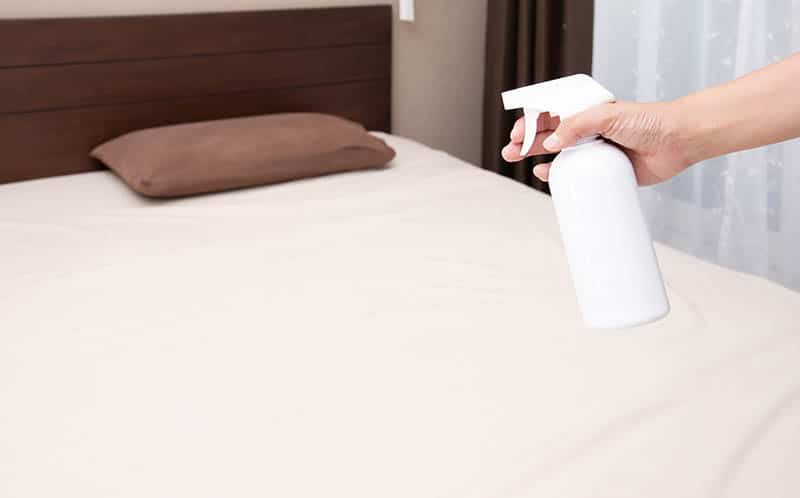Bed bugs can cause a troubling infestation in any home, and while they rarely bother cats, they can use pets as a form of transportation to spread throughout the house. You will want to get rid of them as soon as possible, but will bed bug spray hurt your pets? Because bed bug sprays are pesticides, they can cause severe harm to your cat if they aren’t used safely. You can take precautions when using store-bought sprays or pest control services to protect your home from infestation and keep your feline safe.
What Are Bed Bugs?
Bed bugs, like fleas, love to feast on blood. They usually live on mattresses but may also find the carpet, bed frames, and other nearby locations an enjoyable and cozy environment. Because they are attracted to body heat, and you are stationary throughout the night, your bed and bedroom are an ideal location to settle down.
Bed bugs are most prevalent in apartments and single-family homes. Still, many of these residents unknowingly bring them home while traveling in hotel rooms or even from public transportation and while visiting hospitals or nursing homes.

How Do You Spot Them?
These bugs only feed off a host for about five minutes and then retreat into a cozy place in your mattress, carpeting, or other suitable location. Because they do not need very long to get the nutrients they need and will then go into hiding, it can be challenging to know you have a bed bug infestation in your home. Bed bugs are about the size of an apple seed. You will likely know you have bed bugs when you see traces of their droppings and molted skins.
Can My Cat Get Bed Bugs?
While bed bugs are like fleas in many ways, they are also different. For example, bed bugs prefer a human host over a pet and may hitch a ride on your cat or dog to reach another area of your home but rarely bite them.
If your cat is getting bit by bed bugs, it is likely because the bed bugs are being forced away from their natural habitat or hosts, such as when pesticides or cleaners have been used.

Can You Use Bed Bug Spray?
Pesticides can be tricky around pets. Many homemade and natural remedies may not be made specifically for bed bugs or could make matters worse. You could also be inadvertently poisoning your pets. Store-bought pesticides could be labeled as non-toxic and safe for people and pets, but if misused, they could also cause problems.
If you will be using a store-bought pesticide spray, here are some tips to ensure that you and your pet remain safe:
- Place pets in a separate room
- Remove their beds, toys, and other objects
- Read and follow all label instructions and warnings
- Allow the product to dry completely
- Open windows before allowing pets into the room
Pest Control Services
Pest control technicians are trained to spot bed bug infestations and treat them appropriately with pesticides formulated explicitly for them. These products are safe for people, pets, and even the environment. If you are unsure how to use pesticides in your home, you may want to contact a local company to ask questions about their products and process. They can usually come to your home to provide an estimate and give you more information about how their pesticides work in your home and around pets. This is likely the safest option to make you feel better about getting rid of the bugs without endangering you or your cats.

Signs of Pesticide Poisoning
Whether you use homemade formulas, store-bought pesticides, or pest control services, you should be aware of the signs of pesticide poisoning in cats. Anytime pesticides are used in your home, you should watch for any changes in behavior. When used safely, your pets should not be harmed, but noticing the signs as soon as possible and seeking treatment is the best way to prevent any long-term or severe reactions.
- Drooling
- Vomiting
- Diarrhea
- Tremors
- Uncoordinated walking
- Seizures
- Collapse
Conclusion
If you’ve found a bed bug infestation in your home, you will need to create a plan for tackling it. Be sure to consider your pet’s safety when using pesticides. If you choose a pest control service, ask questions about the pesticides they use and any steps you should take to keep your cat safe. Getting rid of bed bugs can be challenging, but you can do it while keeping the whole family healthy, including the kitties!
See Also:
Featured Image Credit: T.TATSU, Shutterstock











